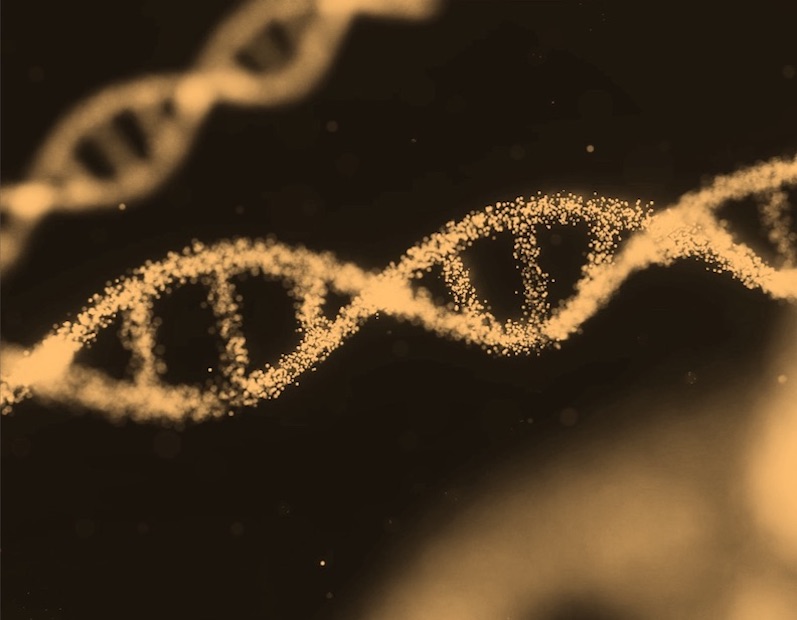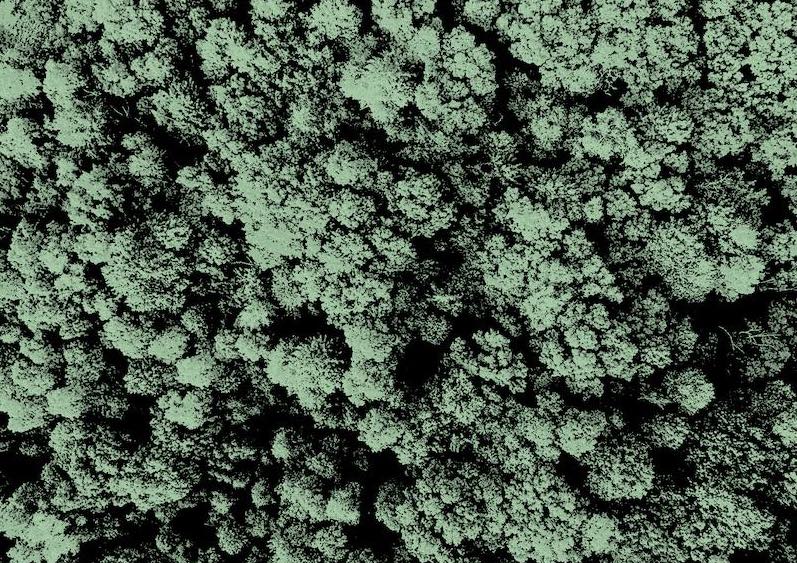What is it about?
This study reveals that introducing atomic-level disorder—randomness in how atoms are arranged—in a nanoscale magnetic material (a half-metallic Heusler alloy) can dramatically boost its magnetic strength (magnetic moment) and its sensitivity to magnetic fields. Typically, disorder weakens material properties, but here, scrambling the alloy’s atomic structure amplified its magnetism and significantly enhanced how its electrical resistance responds to magnetic fields. This counterintuitive effect arises because atomic chaos creates unique electron interactions, particularly for materials where electrons with one spin direction act like conductors while others behave like insulators. The discovery could revolutionize technologies reliant on magnetism, such as ultra-sensitive medical sensors, energy-efficient spintronic devices, and high-capacity data storage, while challenging the traditional view that ordered structures are always superior. In short: Controlled chaos at the atomic scale unlocks unprecedented magnetic performance in next-generation materials.
Featured Image
Why is it important?
This work challenges the notion that atomic order is essential for optimal material performance, showing that strategic disorder in nanoalloys can revolutionize magnetic sensors, data storage, and energy-efficient electronics—while offering a new blueprint for designing advanced materials.
Perspectives
As the lead researcher, I’m thrilled to share that our work overturns a long-held belief in materials science—that atomic perfection is key to unlocking superior magnetic properties. By intentionally introducing disorder into a half-metallic Heusler nanoalloy, we’ve achieved a staggering increase in magnetic moment and a giant leap in magnetoresistance (GMR). This isn’t just a lab curiosity; it’s a paradigm shift. We’ve shown that chaos, when harnessed at the atomic scale, can amplify quantum interactions in ways ordered structures never could. These findings pave the way for ultra-sensitive magnetic sensors, denser data storage, and energy-efficient spintronic devices that could transform industries from healthcare to quantum computing. Most excitingly, it opens an entirely new design philosophy: materials don’t need to be “perfect” to perform perfectly. Nature’s imperfections, it turns out, might be our greatest engineering tool.
Dr. Aquil Ahmad
Christian-Albrechts-Universitat zu Kiel
Read the Original
This page is a summary of: Observation of disorder-driven dramatic enhancement of magnetic moment and giant magnetoresistance in a half-metallic Heusler nanoalloy, Journal of Applied Physics, April 2025, American Institute of Physics,
DOI: 10.1063/5.0251911.
You can read the full text:
Contributors
The following have contributed to this page







